It's a common fear for drivers: after driving through a puddle or deep water, their car won't start again.
This is a real problem for those living in flood-prone areas and for emergency responders and others who must often drive through deep water.
While there are some things you can do to help prevent this problem, it's important to be aware of the risks and take the necessary precautions.
This article focuses on providing you with an overview of transmission problems after driving through water. It will also highlight potential repair options and repair costs.
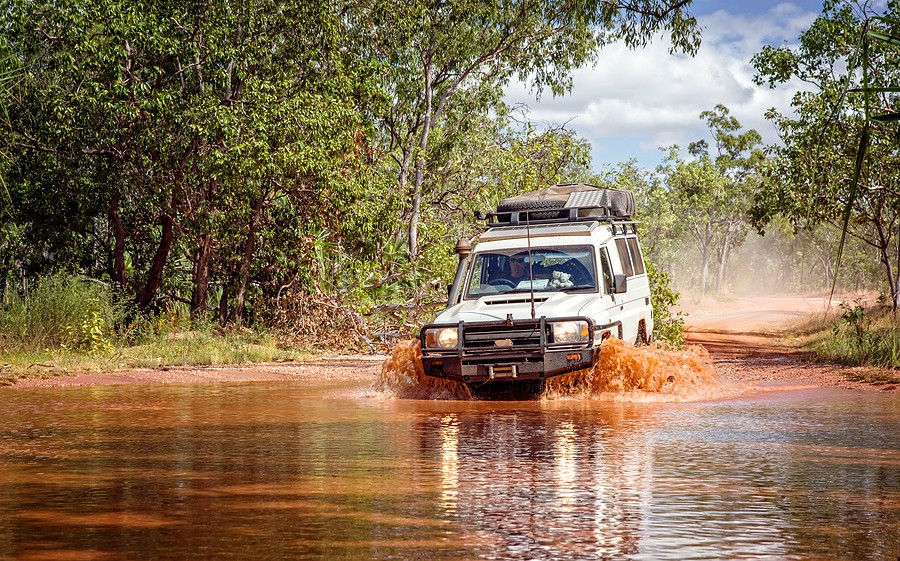
Why is driving through water dangerous to your vehicle?
When you drive through water, it's important to realize that your car is not designed for this type of use. Water can seep into vital components such as the transmission and electrical system, causing starting and shifting gears problems.
Water in the transmission
This component is particularly vulnerable to damage from water because it contains many small metal parts that are easily corrupted.
When the transmission fluid is replaced after water damage, it could be contaminated with particles, leading to expensive repairs. The same could happen if the filter element were damaged by being submerged in water.
Damage could also occur if your car were exposed to saltwater. Saltwater contains corrosive minerals like sodium and chlorine that can damage metal and rubber parts in the transmission.
Water in the engine
The water could also interfere with your car's electrical system, causing starter problems or low fluid levels. This is especially true if you cannot dry out properly before attempting to start it again.
To prevent your car from being damaged by floodwater, you should avoid driving through any standing water. You should also park on high ground to make sure the engine is not submerged in water accidentally.
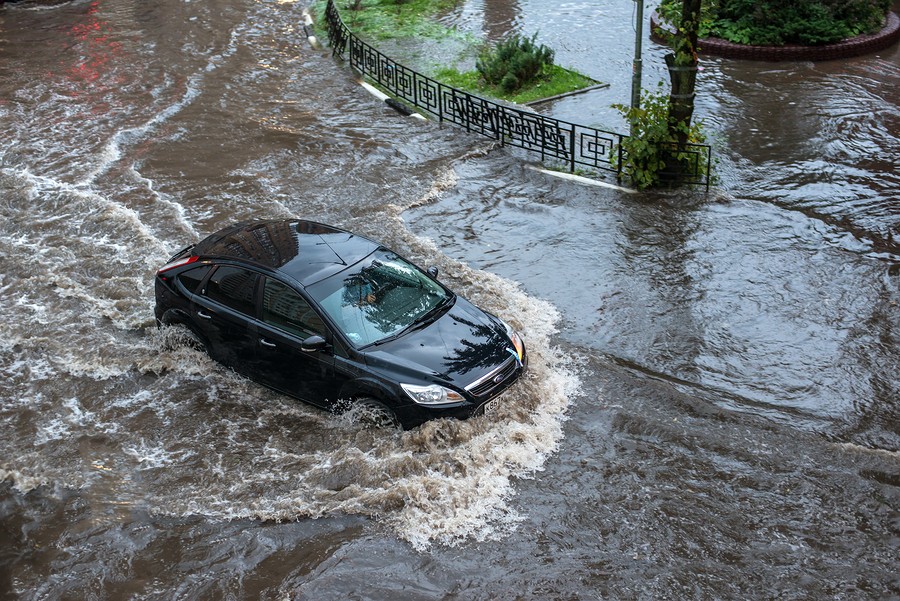
When is driving through water unavoidable?
No one would ever want to drive through water. However, there are times when it's unavoidable. For example, if you live in a flood-prone area or travel through a high water area.
- Driving through deep puddles or standing water during a storm
- Driving through flooded streets to reach high ground
- While trying to avoid an accident, if it's unavoidable.
What can you do to prevent your car from being damaged by floodwater?
To protect your car from damage, follow these suggestions:
First, avoid driving through any standing water.
You may be able to start your car if it stalls in high water. However, this will depend on the depth of the water and how fast the current is moving.
If you need to move your car after driving through deep puddles or standing water during a storm, make sure there is no electrical system damage before attempting to start it.
Make sure the engine is completely dry before attempting to use it again. If possible, drive onto the high ground after the storm has passed.
You may want to consider purchasing a can of waterproofing that can help protect your car from water damage.
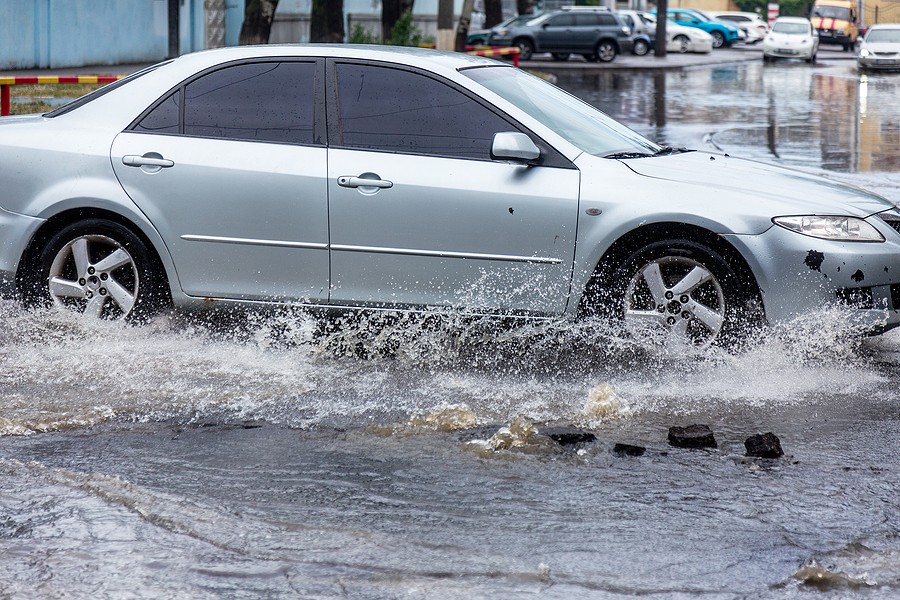
Transmission Problems After Driving Through Water
Driving through water is never a good idea, but sometimes it's unavoidable. According to the National Weather Service, 31 states are considered flood-prone.
Even if your car is new, you may lose control after driving through water that goes above the undercarriage of your car or truck. It doesn't matter how well you think you can drive through deep water—if water gets into your engine, transmission, or other vital components, you could have problems.
#1 Stuck in Neutral
The most common problem is when the vehicle stalls out or becomes stuck in neutral after driving through the water. This happens when contaminants are inside the transmission, such as sediment or rust particles.
This contamination can be small enough that it doesn't hurt performance but large enough to get into some of the tiny parts of the system. When this happens, the transmission is no longer be able to shift gears, and you are left with what feels like a car stuck in neutral.
While it might seem impossible to drive without shifting gears, many people have been able to move their vehicle out of harm's way by slowly accelerating while shifting through all the gears.
Of course, this usually means that you'll need a tow truck to take your car to the repair shop. Once there, the mechanic will inspect and clean out your transmission system before putting it back into working order. This typically costs anywhere from $900 to $1,200 for most vehicles.
It might be necessary to replace the complete transmission system in some cases. This major repair job typically costs anywhere from $1,800 to $2,500 for most vehicles.
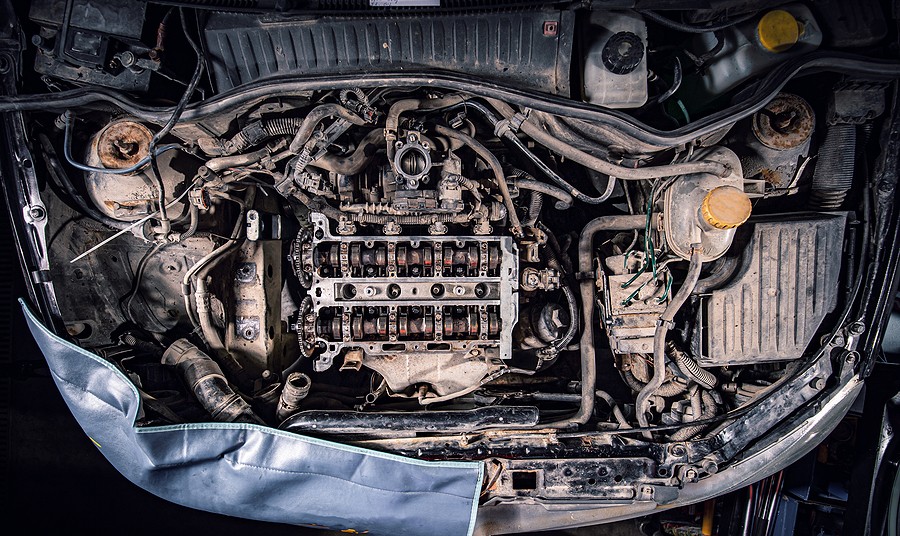
#2 Hesitation or Loss of Power
Another common problem is when the vehicle experiences a loss of power or hesitation while driving through water. The main cause here is that the water disrupts the electrical system, which turns out to be a very common cause of transmission problems after driving through water.
When this occurs, it's necessary to have an electrician check your vehicle's wiring and circuitry to ensure there isn't any damage before taking it to a transmission specialist. This typically costs around $100 for most vehicles.
#3 Clutch Will Not Engage
When the clutch does not engage after driving through water, it's important to inspect your car's wiring and electrical components before taking it in for repairs. This typically costs $100 for most vehicles.
#4 High Fluid Temperature
If the fluid temperature rises above normal after driving through water, there is likely a leak or hole that needs to be repaired immediately. This could lead to major transmission damage if left untreated. The cost of this type of repair varies depending on where/how you're leaking fluid, but plan on spending anywhere from $300-$900 for most vehicles.
#5 Slipping Gears
Your torque converter is likely worn out when the transmission slips out of gear. This typically costs anywhere from $600 to $1,200, depending on the extent of the damage.
#6 Noise When Shifting Gears
If you hear noise when shifting gears after driving through water, this is typically an indication of contaminants inside the transmission (e.g., sediment or rust particles).
This can be small enough that it doesn't hurt performance but large enough to get into some of the tiny parts of the system. This type of repair typically costs around $700 for most vehicles.
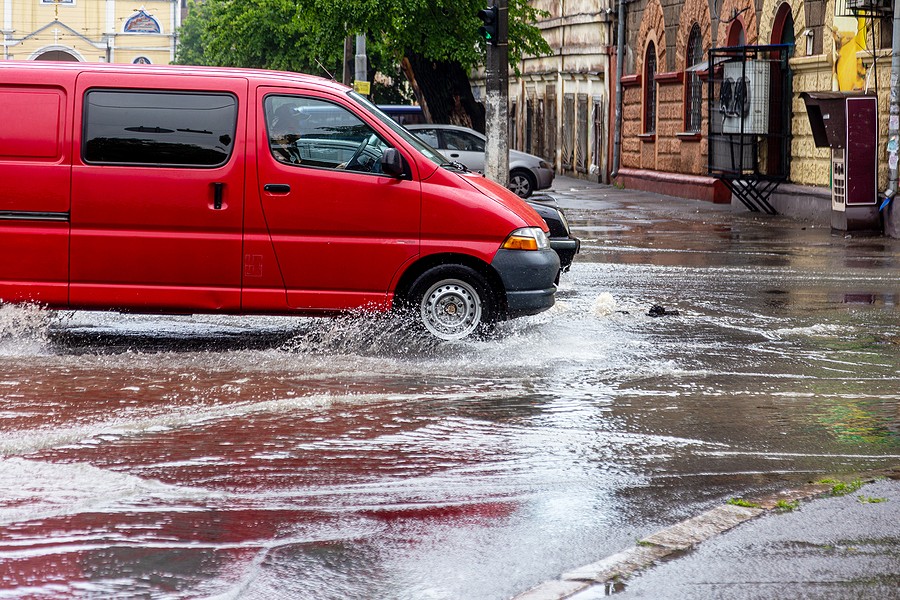
#7 Washing Out Fluid
Washing out too much fluid could lead to major issues with your transmission in the future. This typically costs anywhere from $300 to $400 for most vehicles.
#8 Low Fluid Level
When the fluid level is too low after driving through water, it's necessary to take your vehicle to a transmission specialist right away. The typical cost of this type of repair is anywhere from $500 to $700 for most vehicles.
#9 Transmission Overheats
Suppose your car overheats when sitting idle for long periods after driving through the water. In that case, there are likely contaminants inside the transmission system that need to be removed and repaired before doing further damage.
If these issues aren't fixed immediately, it could lead to major transmission problems in the future and possibly even replacement of the entire system, which can cost anywhere from $1,800 to $2,500 for most vehicles.
#10 Harsh Shifting When Driving
When your car shifts too harshly while driving through water, then you need to have the filter screen inside the transmission checked and possibly repaired depending on the extent of the damage. This typically costs around $100 for most vehicles.
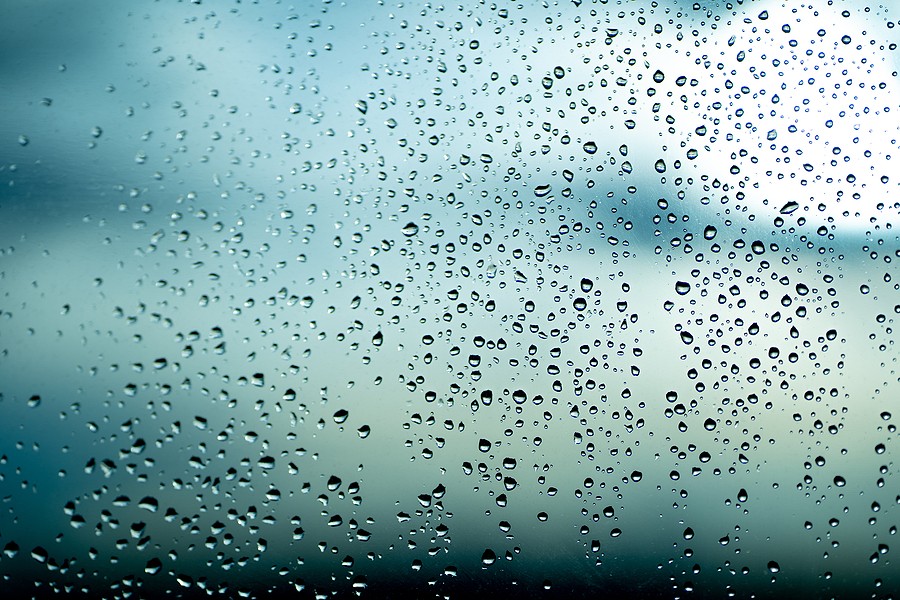
How to avoid transmission problems after driving through water?
to avoid transmission problems after driving through water, follow these ten tips:
- Shift to neutral when crossing bodies of water.
- Avoid letting air enter the transmission through any openings by keeping doors and windows closed while traveling through bodies of water.
- Try not to back up over bodies of water, but if you do, go forward as soon as possible.
- If your car stalls or won't move after driving through bodies of water, put the transmission in neutral and push your car forward from the engine bay until you can reach dry land.
- Shift your car into park as soon as possible when you feel it's safe to do so.
- If any warning lights come on inside your vehicle, have them checked out by a professional as soon as possible to avoid further damage.
- Check for leaks/damage after driving through bodies of water and repair if necessary.
- Never ignore any warning signs that indicate something is wrong with your vehicle's transmission system.
- Avoid getting stuck in standing water whenever possible, but follow the above tips if you must do so.
- Has the transmission been checked by a specialist as soon as possible if any problems arise after driving through the water?
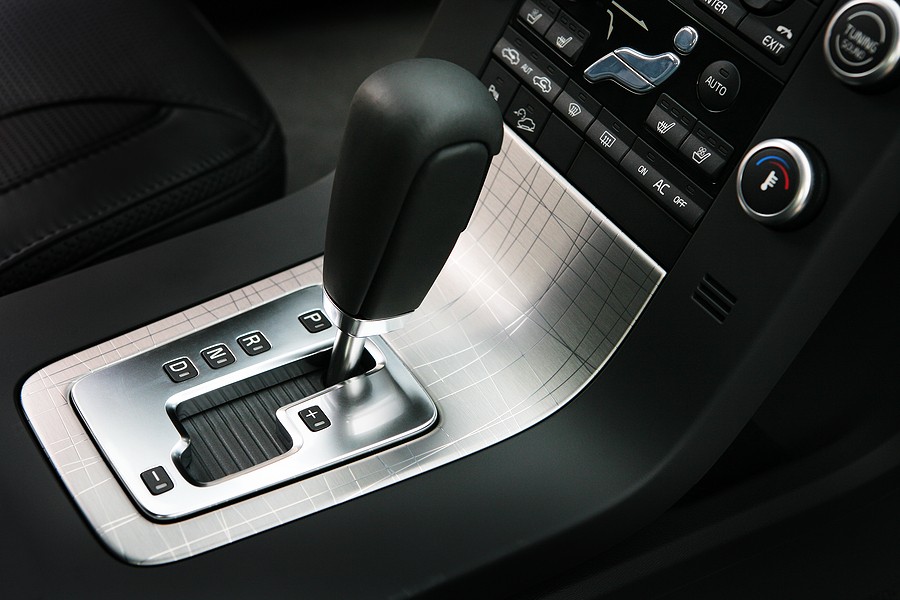
What to do if you experience a transmission problem after driving through water?
If you notice any serious transmission issues after driving through water, have your vehicle towed to the nearest professional for an inspection.
Most problems can be fixed immediately before they become worse and more costly to repair.
It's important to note that these transmission problems are typically not covered by a warranty.
Many owners see this as an indication that there is something seriously wrong with their vehicle, but in most cases, it just means that the car was exposed to external conditions outside of what it was designed for. To avoid transmission problems after driving through water, follow all tips listed above.
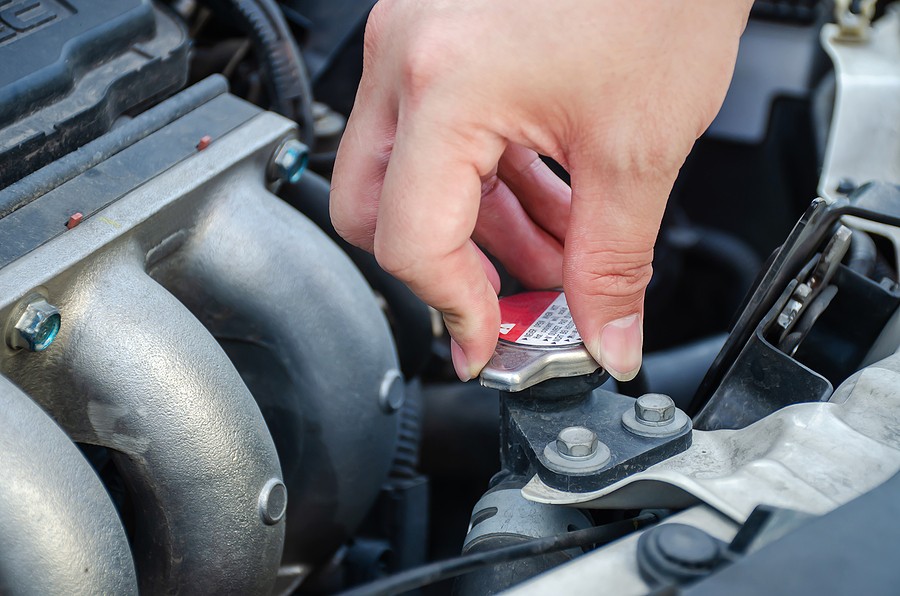
How to diagnose transmission problems after driving through water?
After driving through water, the first thing you need to do is monitor your vehicle for any signs of transmission issues such as harsh shifting, complete loss of power, etc. Then, have your vehicle towed to the nearest professional for diagnostic testing if you notice these problems.
However, you can still do some diagnostics to confirm whether you have an issue with the transmission or not:
Step 1: Put the car in park and turn it off.
Step 3: Inspect for leaks and damage after the transmission fluid has had time to cool off.
Step 4: Repair any leaks or damage before driving the vehicle again.
Step 5: Check for other warning lights indicating further problems and have them checked by a professional if necessary.
Step 6: Bring your car to a transmission specialist and let them inspect and repair it accordingly.
Is it worth fixing transmission problems after driving through water?
It's important to note that most transmission problems after driving through water can be fixed for a relatively low cost. The average person can do it themselves in many cases by just draining and refilling the fluid. However, repairs can run into thousands of dollars if you don't take care of the problem right away, so avoiding these types of issues is crucial to keeping costs low.
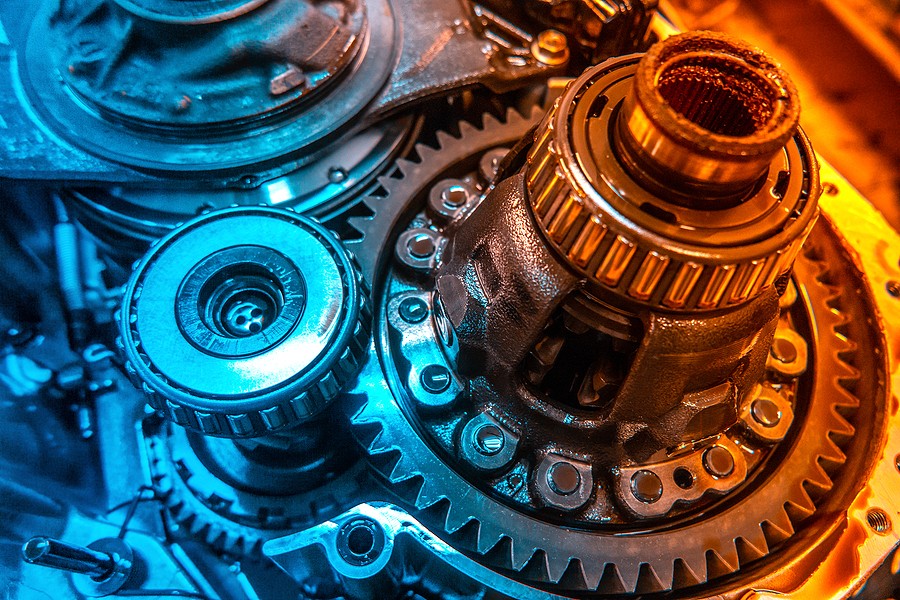
What are the common symptoms of a bad transmission?
one way to prevent dealing with major transmission problems is to learn about the common symptom of a bad transmission.
#1. Strange noise when accelerating:
If your car suddenly starts to make strange noises when you accelerate, the transmission may have an issue.
#2. Slipping
Slipping usually occurs when the engine revs and the vehicle doesn't move as quickly as usual or slips out of gear. This is a clear sign that the drivetrain is not performing as it should be.
#3. Grinding noises
Weird grinding noises often accompany major transmission problems.
#4. Electrical issues
If your dashboard warning lights come on, you might have an electrical problem that needs to be looked into immediately because it could also indicate that the transmission is malfunctioning.
#5. Clutch problems
If you notice these types of symptoms, then take your vehicle to a trusted mechanic for inspection and testing right away. This will help avoid larger, more expensive issues down the road.
The cost of repairing or replacing a bad transmission can quickly run up into the thousands, so avoiding these kinds of major issues is crucial to keeping costs low over time! If you are already experiencing these types of issues, check out this helpful article on repairing clutch problems.
#6. Loss of power
If your car suddenly starts to lose power while you're driving, there may be an issue with the transmission.
This usually occurs when the vehicle changes gears and gets stuck between two gears which causes it to momentarily lose acceleration until it can shift into a different gear. Harsh vibrations and slipping sound normally accompany this.
#7. Warning lights
It's important to keep an eye out for warning lights like “transmission” or “clutch” that come on while driving because they indicate major transmission issues that need to be looked at right away before they become worse and more expensive to repair.

Conclusion
If you've recently driven through water, it's important to be aware of the potential transmission problems that could arise. Transmission specialists recommend following a few simple tips to help avoid any major damage.
If you experience any problems after driving through water, have your vehicle towed to the nearest professional for an inspection. Many problems can be fixed immediately before they become worse and more costly to repair.


